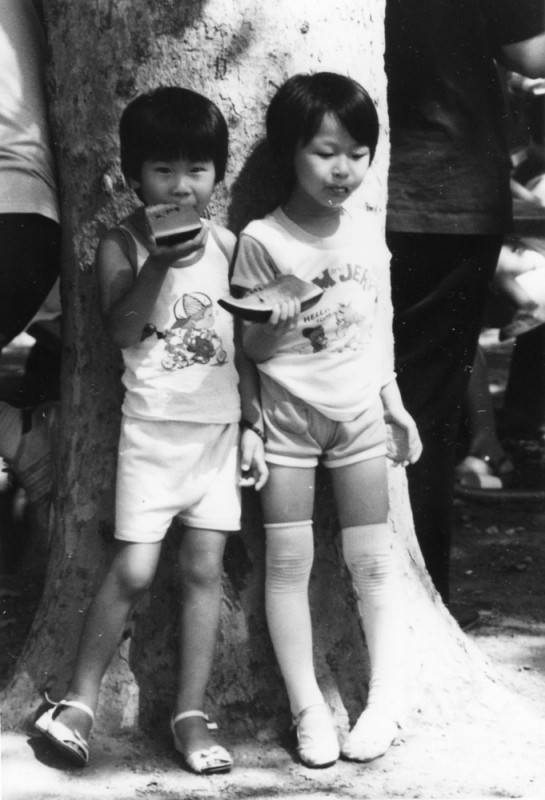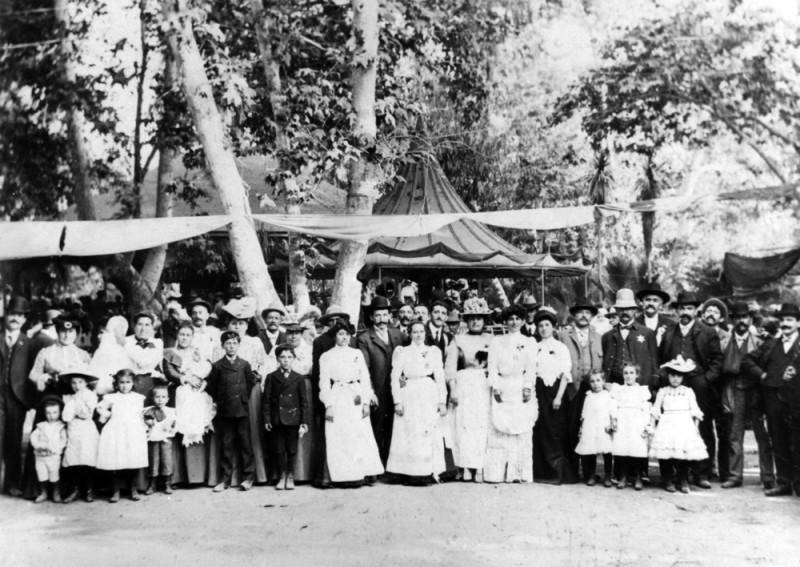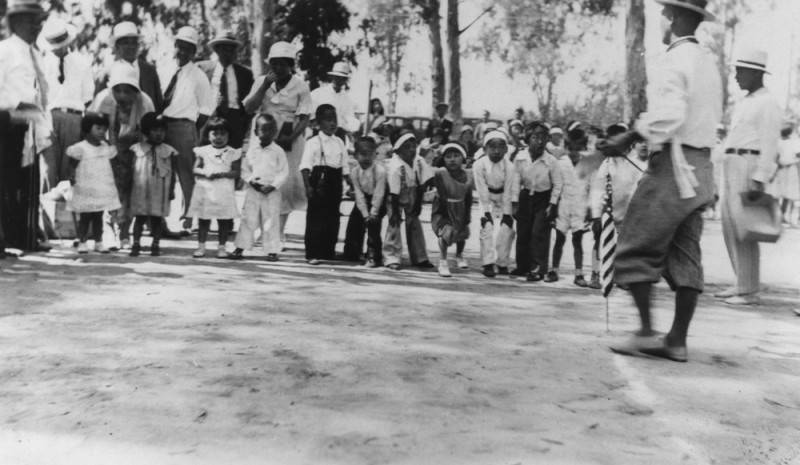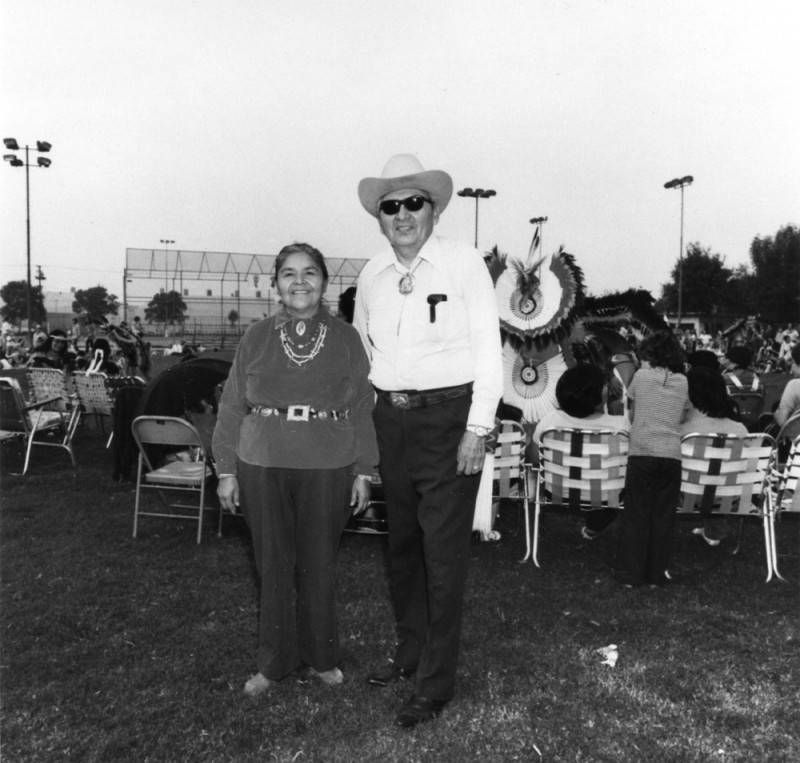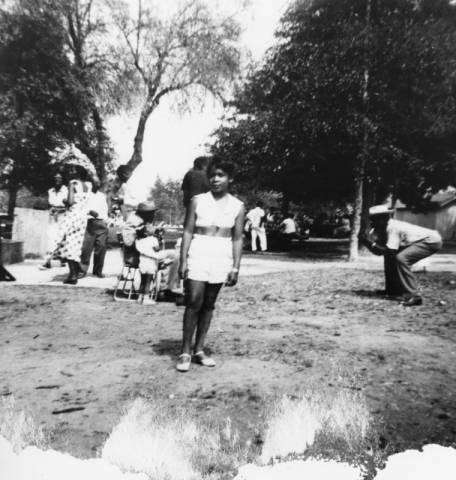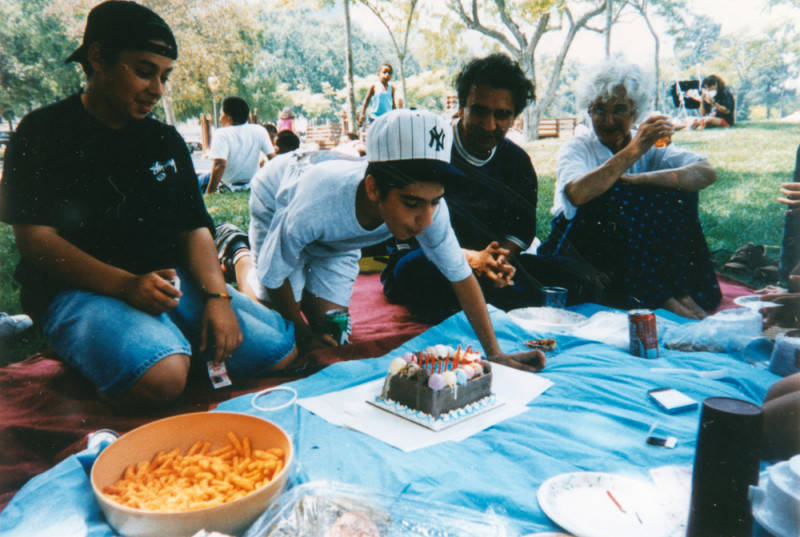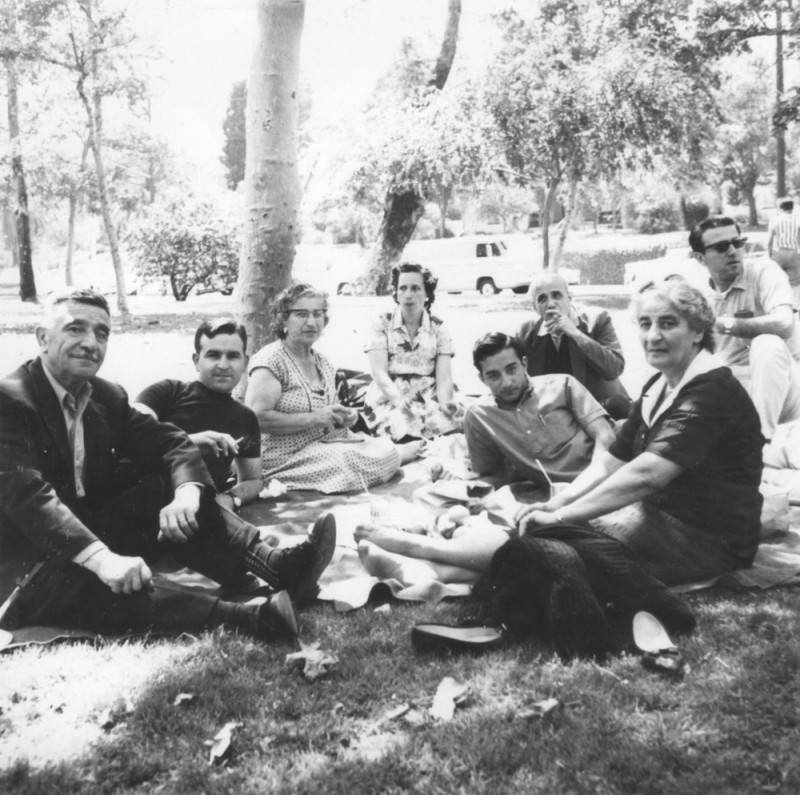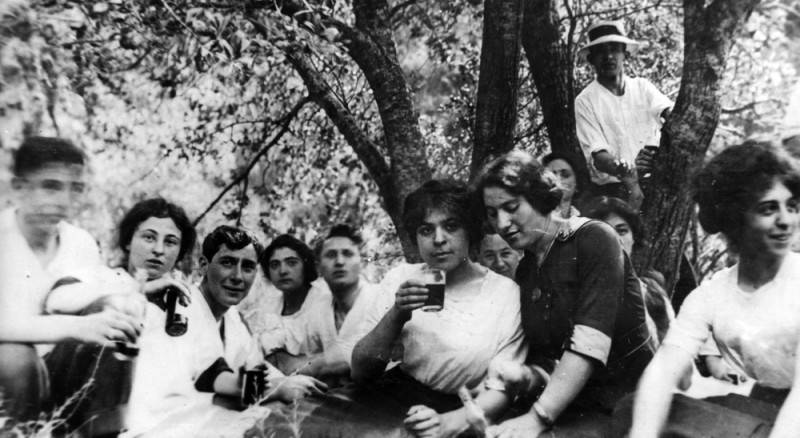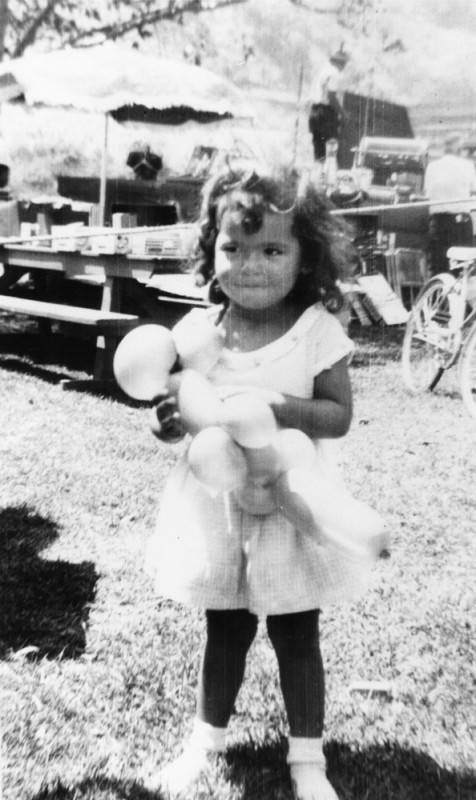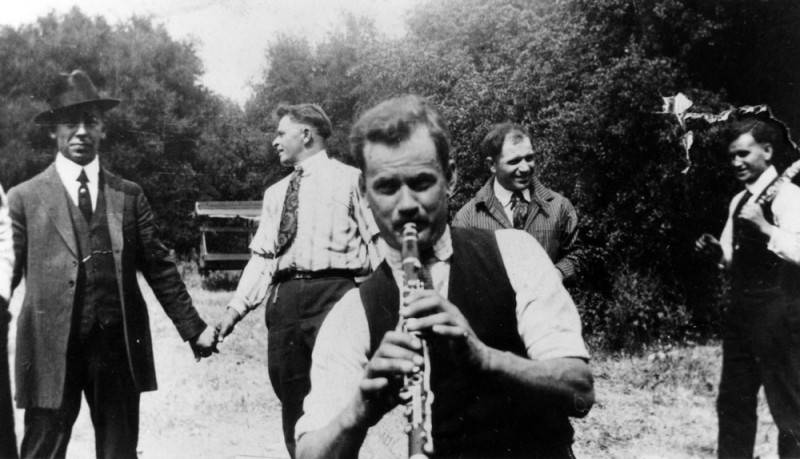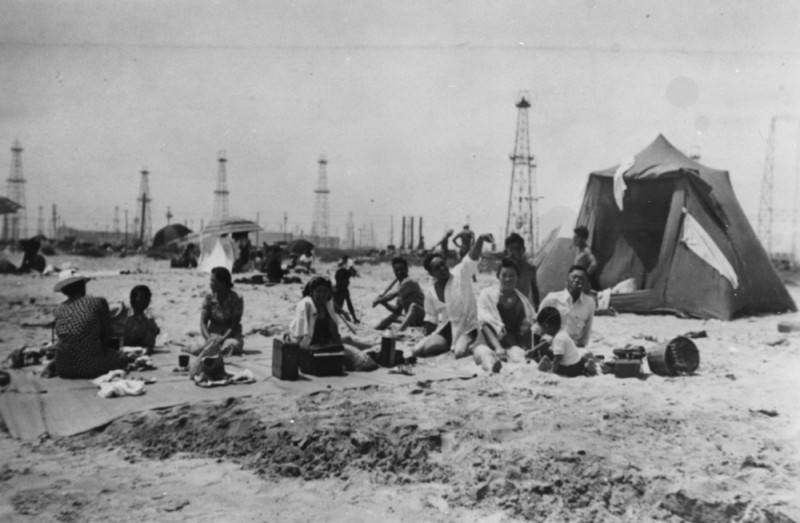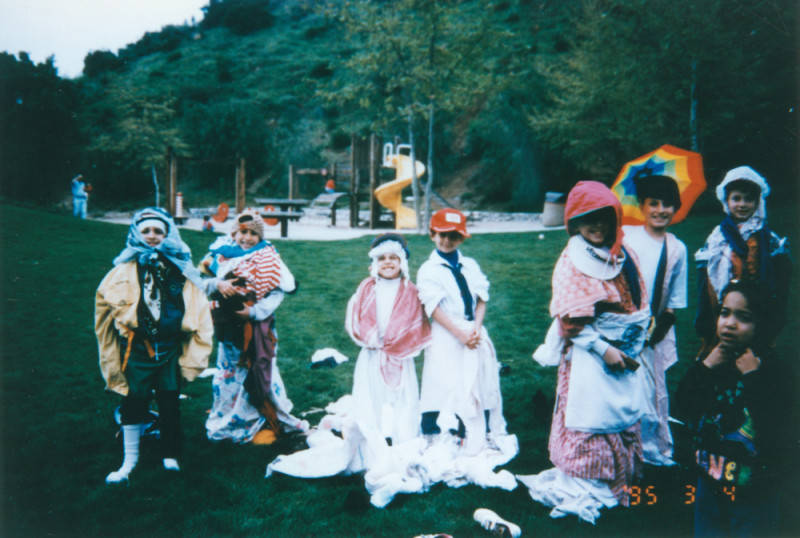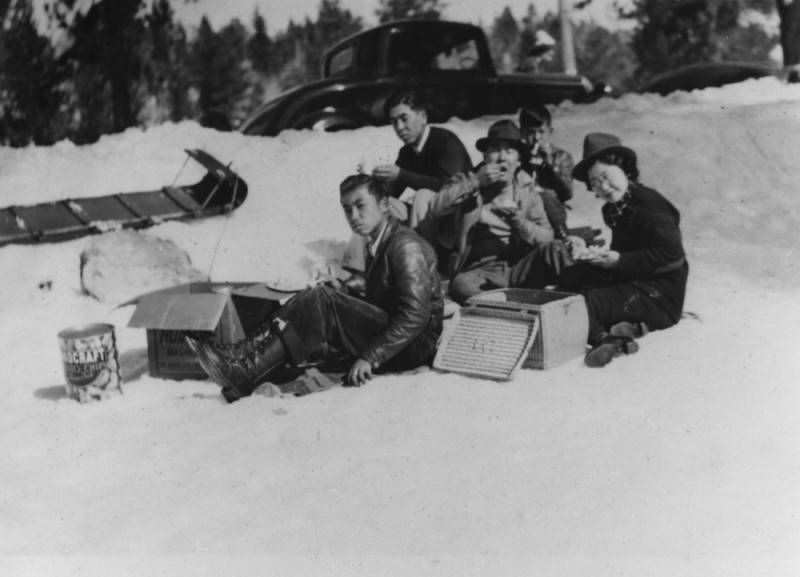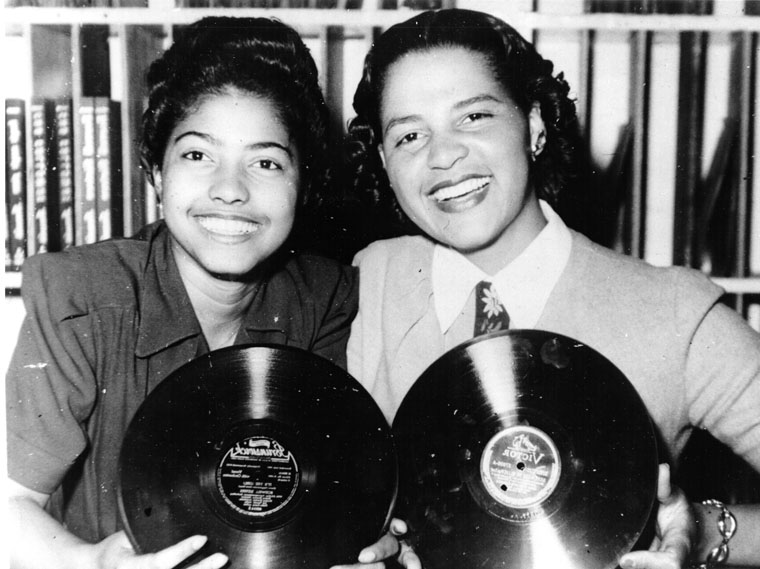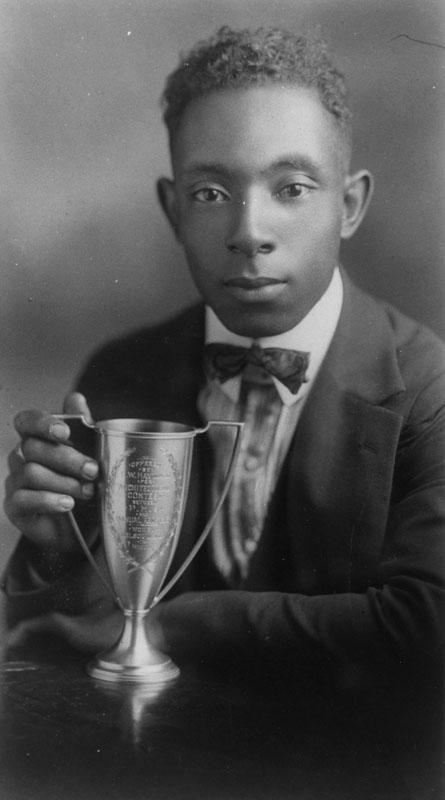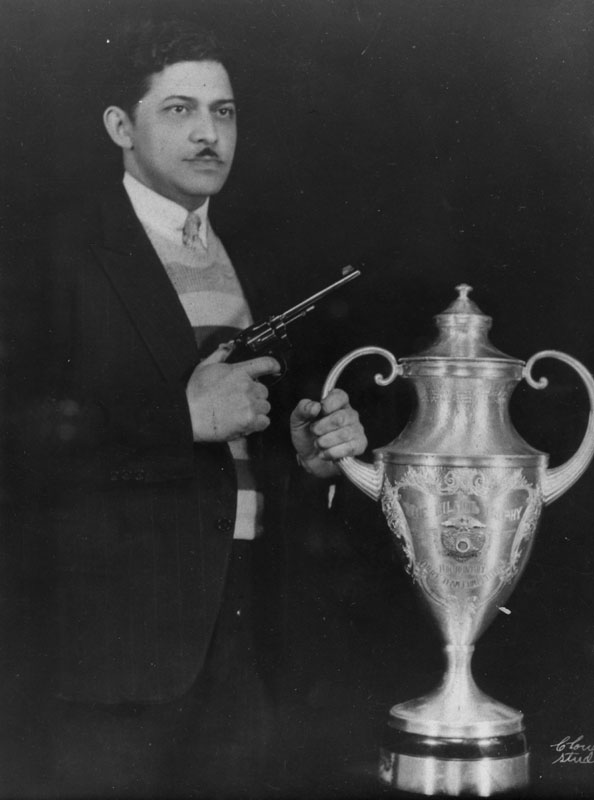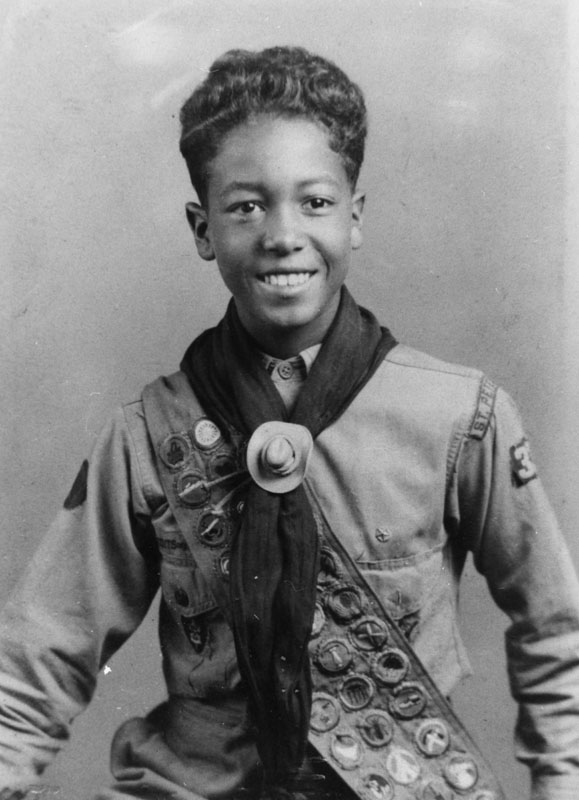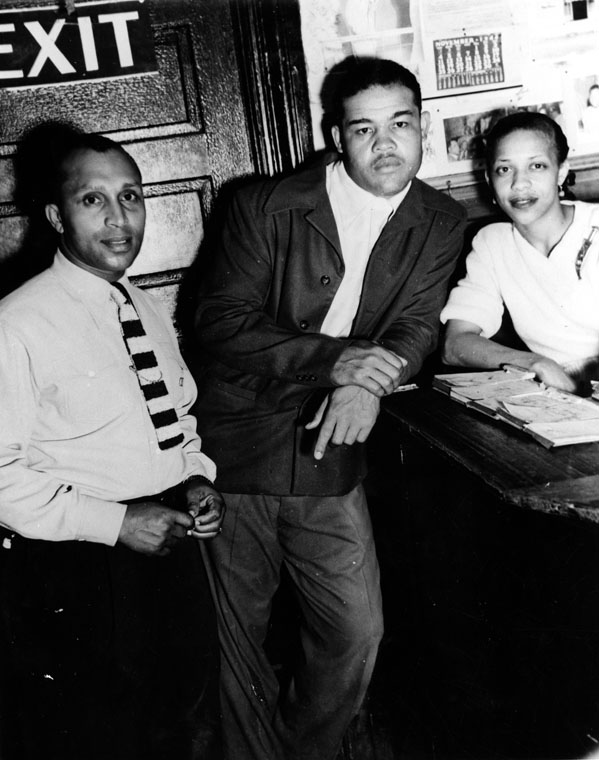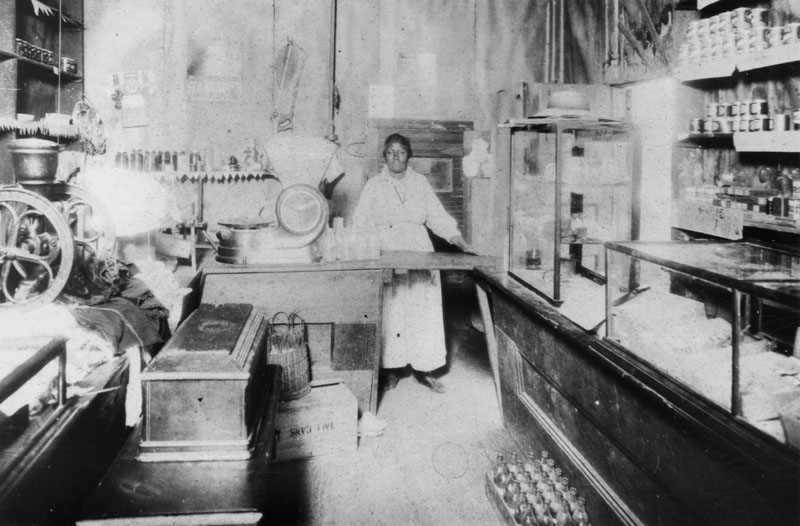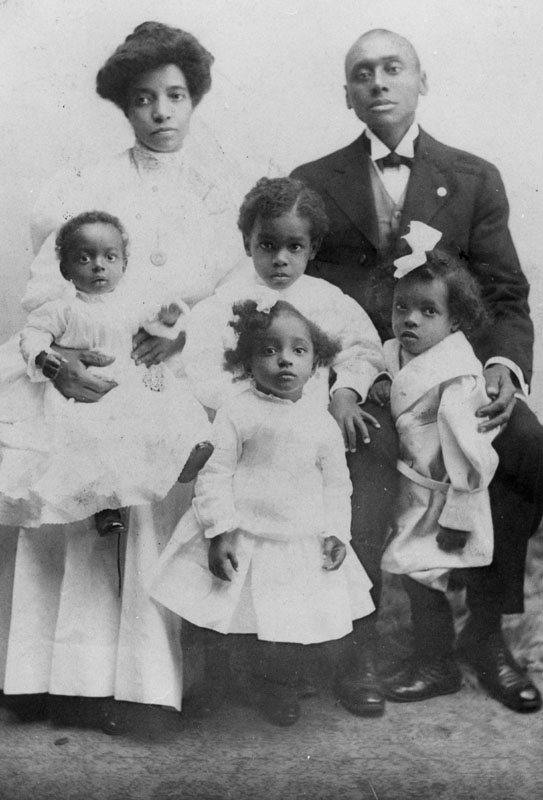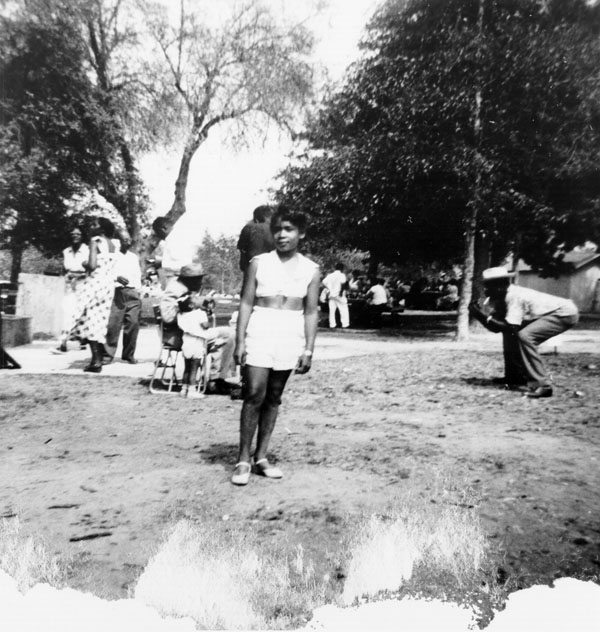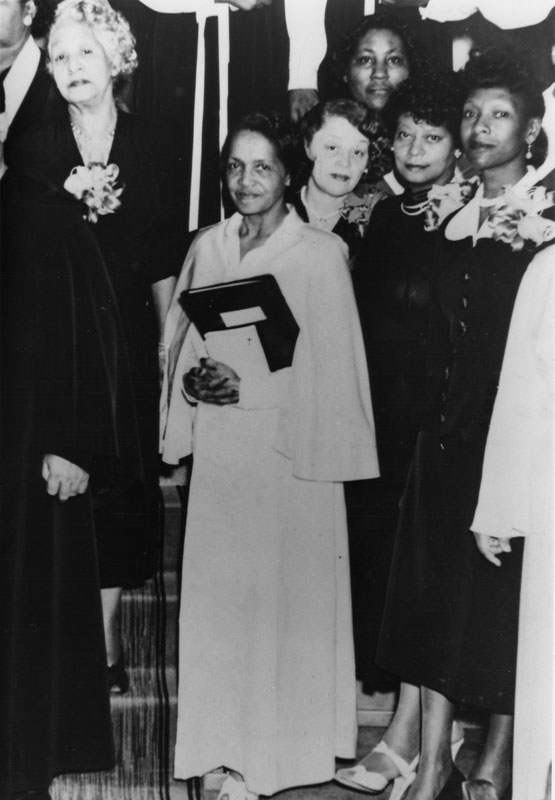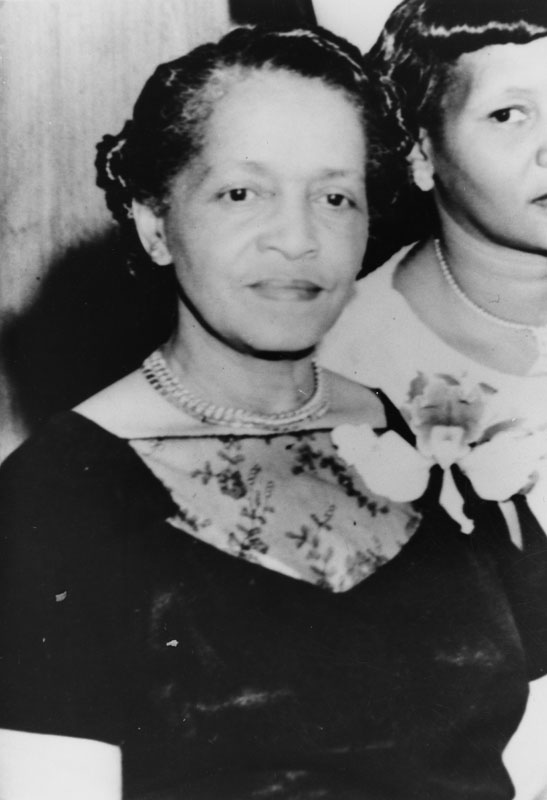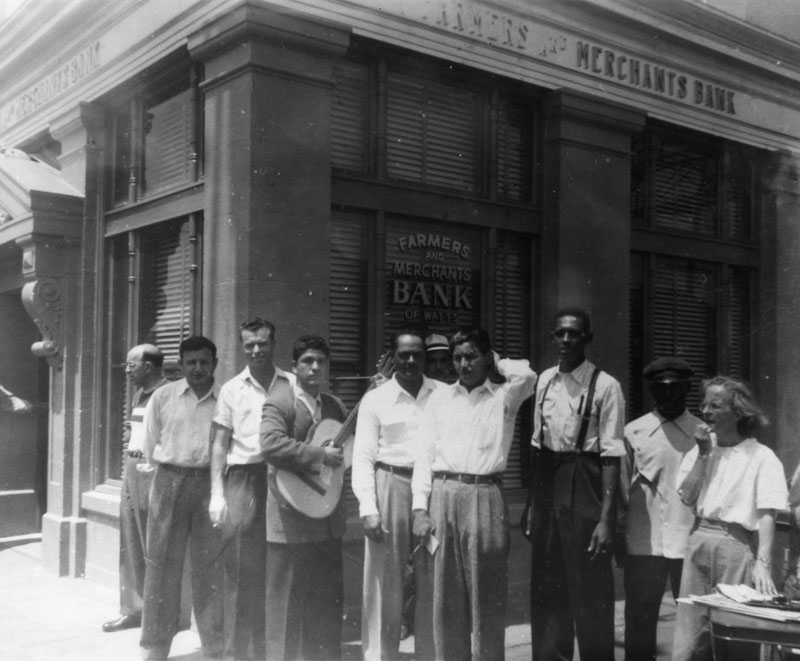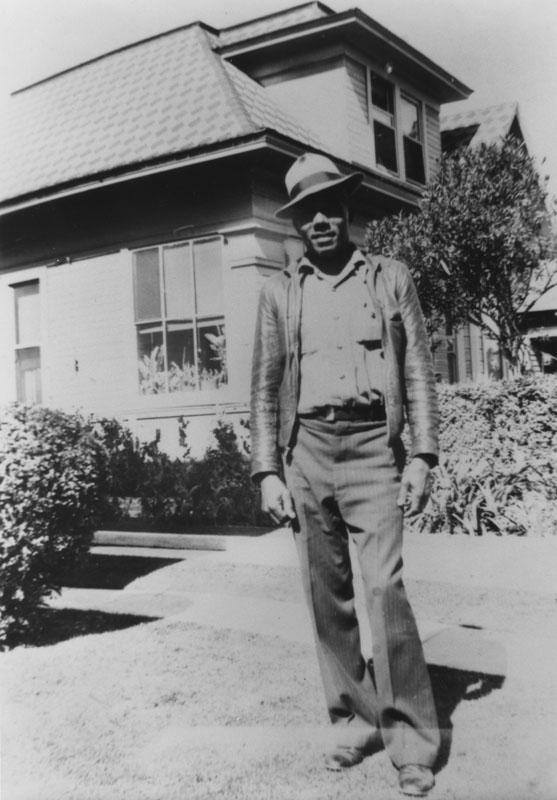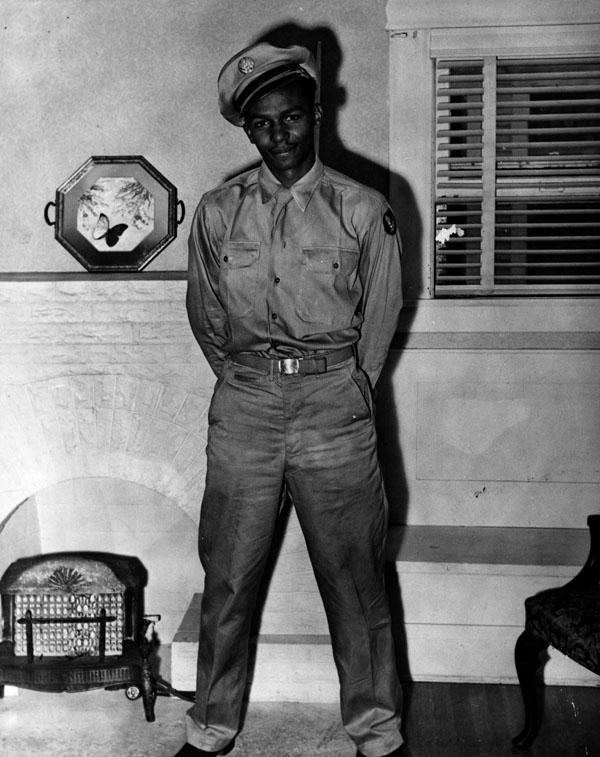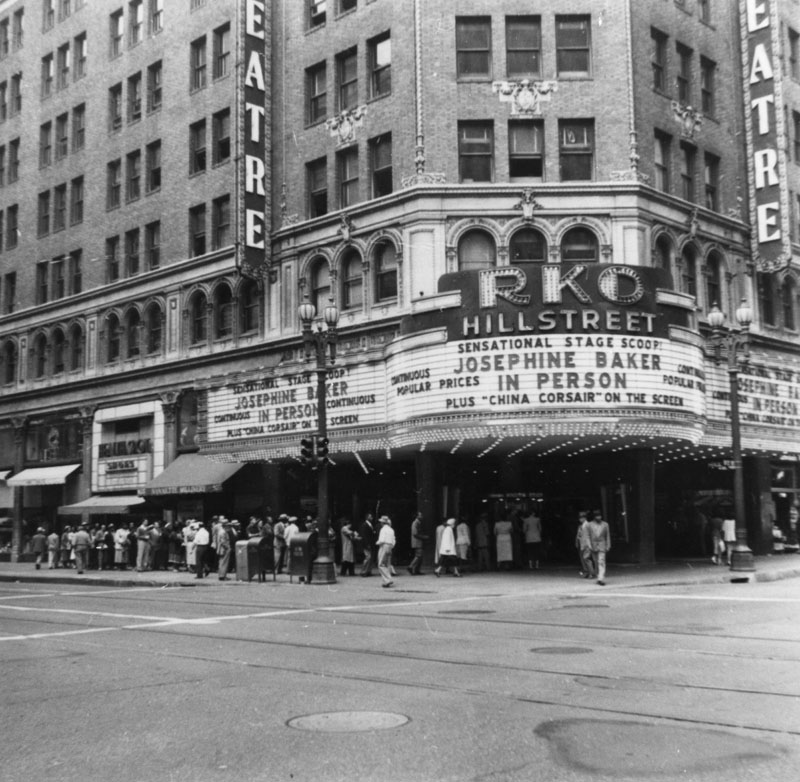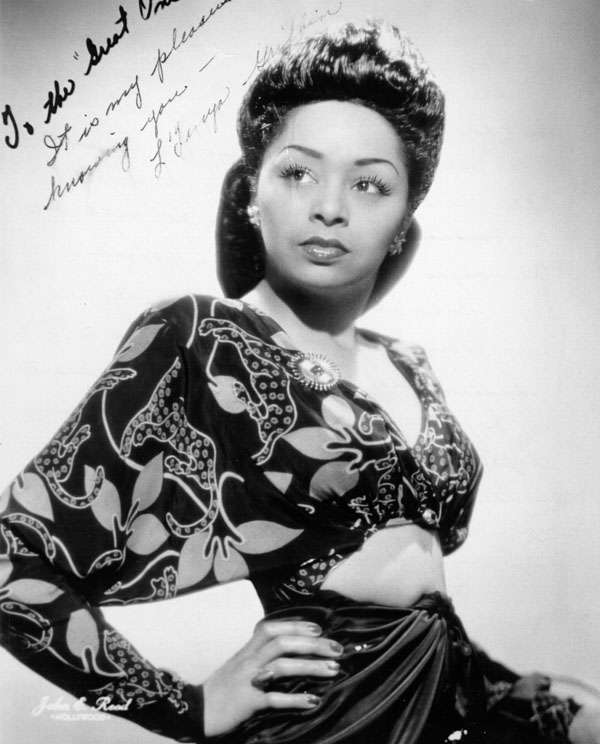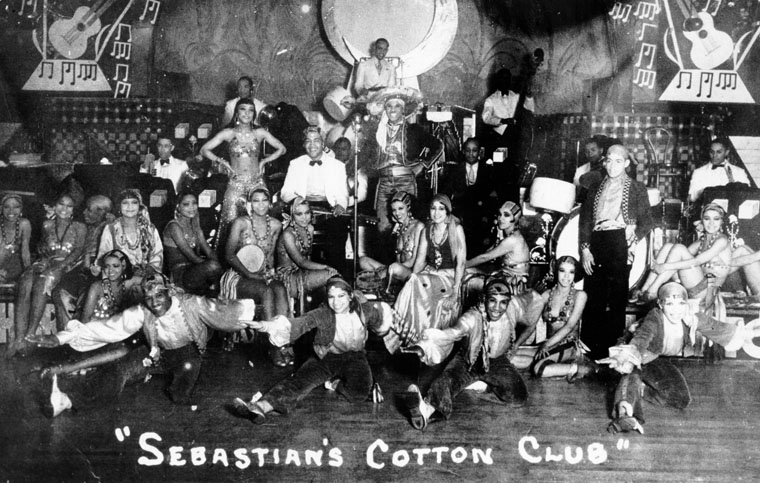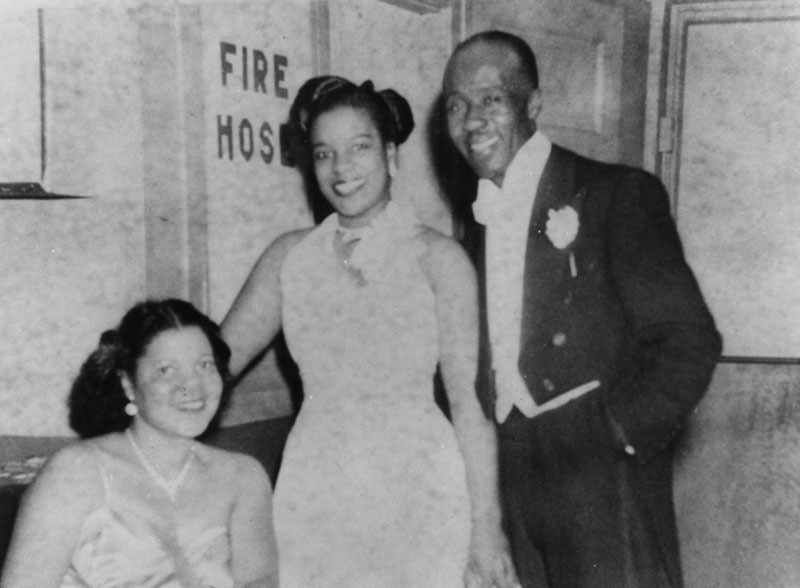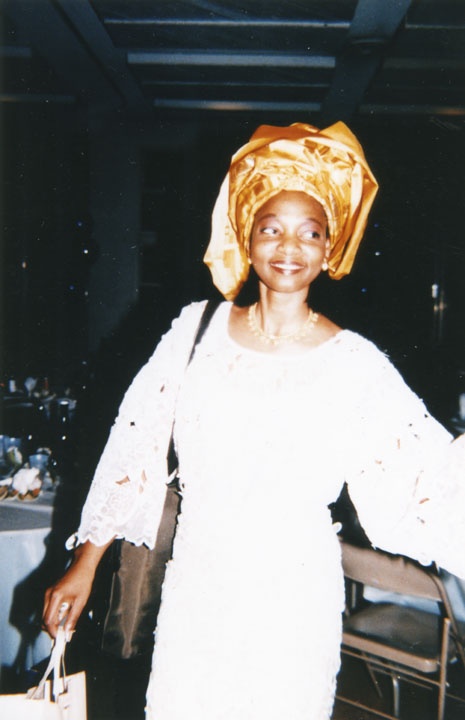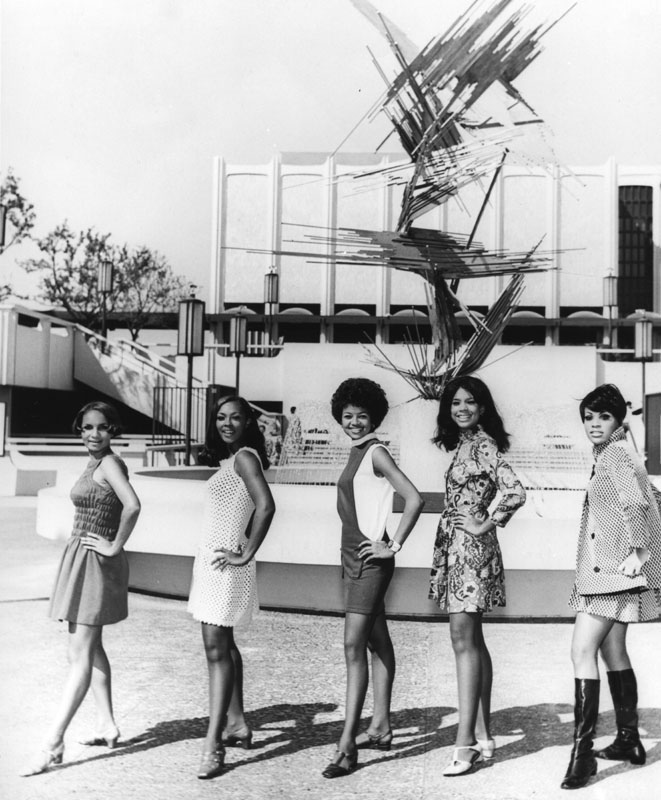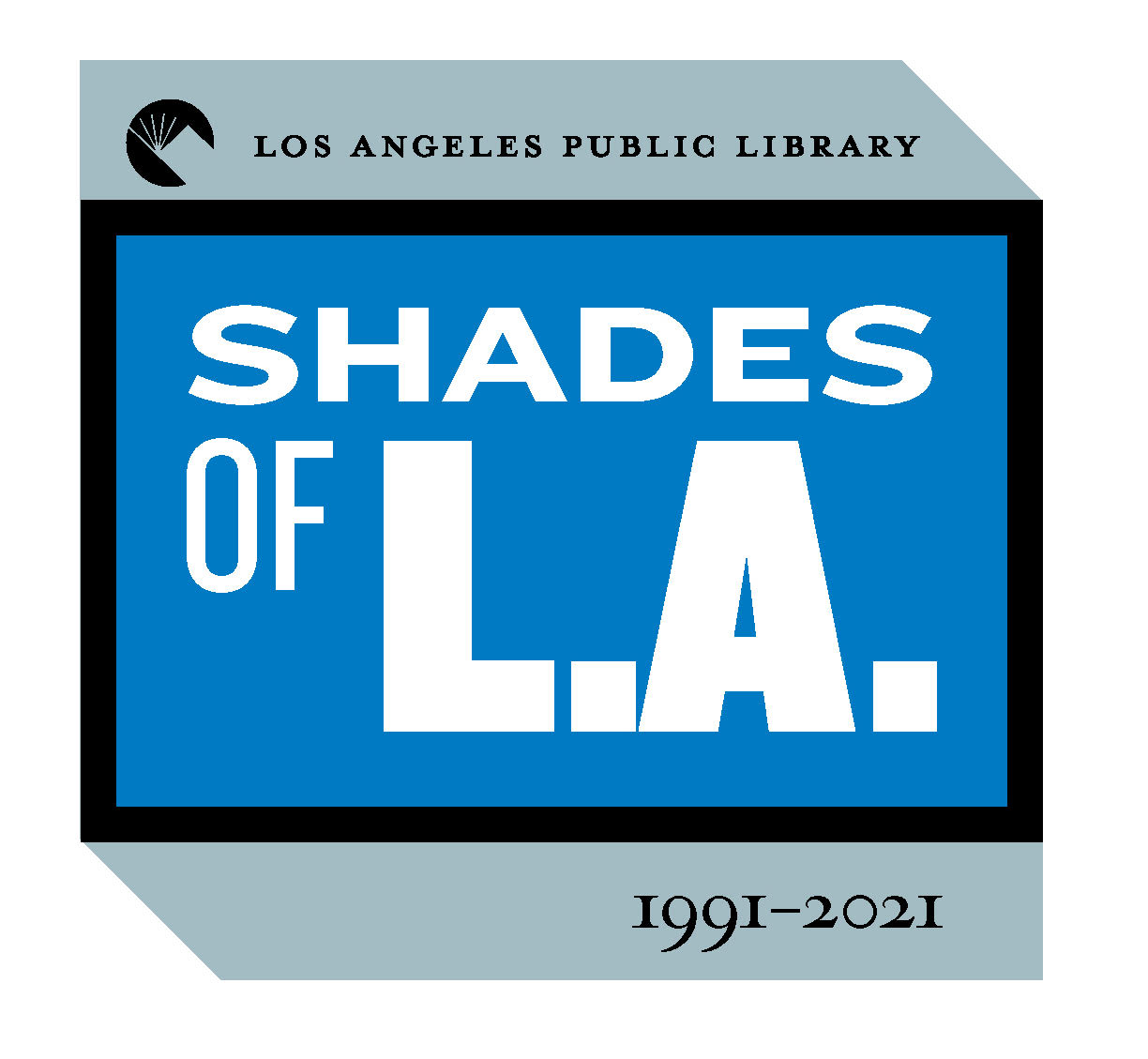
Thirty years ago the Los Angeles Public Library embarked on a ground-breaking, collection-building project – reaching out to the diverse communities of the region for family photographs that would provide depth and nuance to an understanding of this region’s multi-cultural history. The project and its results are called Shades of L.A. The support group Photo Friends of the L.A. Public Library was formed to assist in that effort. The group endures.
Los Angeles is a place literally built on the intersection of cultures: from the Tongva and other Native tribes that lived here for centuries to the Spanish, Mexican, and Black pobladores who established the pueblo in 1781, to the Hispanic and White cultures that duked it out for dominance in the early 19th century. As so often happens, the dominant culture, in this case the White American settlers, was quickly able to put their stamp on the historical narrative.
In the 20th century, Los Angeles has seen further waves of immigration, from Eastern Europe, the Middle East, East Africa, and Latin America. Asian immigration has come in distinctive waves, beginning with Chinese in the late 19th century, to Japanese and Filipinos in the first part of the 20th, and, more recently, Southeast Asians, the refugees of the wars that decimated that region.
With major funding from Security Pacific National Bank and California Humanities, LAPL staff and volunteers were able to reach out to many ethnic communities and collect or copy over 7,000 images documenting family businesses, celebrations, religious and cultural traditions, and ordinary life. In addition, volunteers and staff taped a dozen oral histories from participants. These photos and stories go far to balance the collection of the library. For a more detailed overview of the project, see https://www.lapl.org/collections-resources/photo-collection/shades-la.
More than food
Picnics are universal. Despite cultural differences, picnics seem to be one thing we all have in common: who doesn’t enjoy eating outdoors with friends and family?
Shades of L.A. provides us with a wealth of documentation about the ethnic groups that make up the Southland. In these collections of family photos and oral histories, picnics appear as a common thread. We see how the age-old staple provides more than just a meal; it becomes a way to hand down customs and traditions from generation to generation. Picnics are a way to sustain cultural community within a huge, sometimes impersonal, megalopolis.
Many communities hold picnics that include organized games and sports activities, speeches, dances, skits, and music. Stories are shared and acted or danced out. Traditional foods are eaten. And, perhaps, families that might feel a sense of isolation are able to connect with others who share their heritage. Picnics frame and reinforce cultural identity.
The earliest dated photo of a picnic in our collection is this one of an Italian American gathering at Sycamore Grove Park along the Arroyo Seco. Sycamore Grove became an official Los Angeles city park in 1905, several years after this photo which is dated “circa 1898.” Prior to that time, the area had a reputation as a somewhat “shady” beer garden. Shades of L.A.: Italian American Community, #00025540.
Chinese American kids enjoy watermelon at a church picnic, about 1985. The picnic was organized by St. Bridget’s Chinese Catholic Church. Shades of L.A.: Chinese American Community, #00003365.
Japanese children line up for a foot race at the annual picnic of an after-school program in Hollywood, 1921. “Japanese School” was a common element of life for Nisei. Shades of L.A.: Japanese American Community, #00004248.
Much more than a picnic, the Native American pow wow is a ceremonial expression of indigenous cultures of North America with formal music and dance performances. Here, a Navajo couple, Myron and Virginia Denetdale, attends a pow wow organized by the American Indian Employee Association of Rockwell International in 1976. Myron served in World War II. The couple founded The Navajo Club of Los Angeles, helping Indians from the reservation adjust to urban life. Shades of L.A.: Native American Community, #00004601.
In her 1994 oral history, Glenda Ahhaitty explains how the warrior tradition is honored at pow wow:
No Indian event that begins without the flag and the [national anthem] being sung. And at the end of it they usually sing warrior songs honoring military veterans. Warrior songs that are sung talk about ancient battles, but they also talk about all of them from WWI forward. And in their words they’ll talk about the Battle of the Bulge or they’ll talk about the Tet Offensive in Vietnam.
Marilyn White at her family’s annual picnic, c. 1954, Val Verde Park in the Castaic area. Shades of L.A.: African American Community, #00001287.
We profiled Marilyn White‘s career as an Olympic athlete and teacher in a recent post. In her 1992 oral history, she relates the enduring tradition of her family’s picnic:
Last year was the 50th year of our family picnic. It started before [19]40 in Kansas City when my mother was a kid. And the people would go around and they had two trucks. The first truck went around and it picked up all the people who were going to the party. And the second truck picked up all of the food. It was once a year. And it continued once a year all the way here into Los Angeles which is where most of the family is now. And my cousin and I have been in charge of the picnic for the last three years. This year we’re going to have it at Westchester Park. We’re hoping to continue this tradition; we don’t want to let it slide.
Iranian American Ali celebrates his birthday in Roxbury Park, Beverly Hills, 1991. Shades of L.A.: Iranian American Community, #00034358.
A group of Armenian Americans, including the Dakessian family, picnic in 1961. Many Armenians immigrated to the United States during the 1940s and ’50s as refugees from persecution. A large number had been prisoners of war in the Soviet Union. Shades of L.A.: Armenian American Community, #00000017.
A Fourth of July picnic in 1912. Immigrants from many lands enjoy celebrating the preeminent summer holiday of their adopted home. Shades of L.A.: Jewish Community, #00005542.
Picnics may be family affairs, or they may be organized by a church, a school, or a cultural or fraternal organization. Angela Weil, above, plays with a balloon animal at a picnic organized by the Bakers Confectionary Union in 1960. Shades of L.A.: Mexican American Community, #00002284.
Music and dancing are expected at a Greek picnic such as this one from 1928. One man plays clarinet (or klarino) while the others prepare to start a line dance. Shades of L.A.: Greek American Community, #00005982.
Korean American children play a bean bag toss game at a picnic hosted by the Korean Institute of Southern California, 1995. Shades of L.A.: Korean American Community, #00079723.
Japanese Americans picnic in the sand within sight of the oil wells at Signal Hill near Long Beach, ca. 1920. Shades of L.A.: Japanese American Community, #00004252.
In her 1993 oral history, Alice Ito describes some of the places Japanese Americans would go for picnics in the years before World War II and the importance of the cultural connections to young Nisei:
Every so often we’d pack up a picnic lunch and go either to the beach or to the park. At that time what is now Marina Del Rey used to be Del Rey Beach and many of the Japanese families used to go down there and have their little picnics. It had a little canal there and that’s where we used to find other Japanese American families. And another place, in the San Pedro area, used to be called White Point. Down the rocky, craggy cliffs we used to walk and do a little fishing and abalone hunting. It was quite the place to be because they used to have many of the Prefecture picnics there. Prefectures [provinces] from Japan. That was a big thing. Not only picnicking, but they’d have cultural dances from the region, and the food! It was really something we looked forward to because it was all new to us [second generation]. They set up a stage and they all had on the costumes of that area — very colorful! Musicians accompanied the dances. And there were songs I’d never heard before.
Pakistani American children celebrate Eid al-Fitr, the end of the month of Ramadan, a time of fasting in the Islamic calendar, Glendale, 1995. The children may be preparing to put on a skit, or simply playing dress-up. Shades of L.A.: Pakistani American Community, #00080518.
A different sort of picnic. A group of Japanese Americans takes time out from tobogganing in the San Bernardino Mountains to picnic in the snow. Shades of L.A.: Japanese American Community, #00004240.

